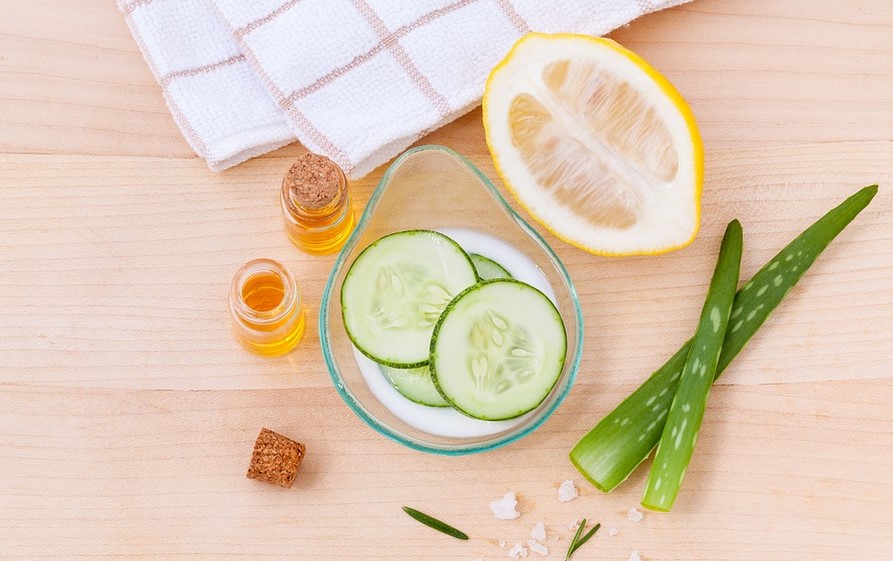The History of Henna
Henna, also known as Mehndi, has been used for centuries in various cultures for its dyeing and medicinal properties. The earliest known use of henna dates back to ancient Egypt, where mummies were found with henna-stained fingernails. Henna was also used in ancient India and the Middle East, where it was applied to the skin for decorative purposes.
Henna in India
India is widely known for its intricate henna designs, which are often applied during weddings and other celebrations. Henna has been used in India for thousands of years and is believed to have originated in the Indus Valley Civilization. The use of henna in India is deeply rooted in tradition and is considered a form of art.
Henna in the Middle East
The use of henna in the Middle East can be traced back to ancient times, where it was used for medicinal purposes. Henna was also used to dye hair and skin, and it was believed to have cooling properties in the hot desert climate. Today, henna is still widely used in the Middle East for decorative purposes, particularly during weddings and other celebrations.
The Use of Henna Today
Henna has become increasingly popular in the Western world in recent years, with many people using it for temporary tattoos and hair dye. However, it is important to note that the quality of the henna used can vary greatly, and some products may contain harmful additives. It is important to purchase henna from a reputable source and to do a patch test before applying it to the skin.
How Henna is Made
Henna is made from the leaves of the henna plant, which is native to North Africa and the Middle East. The leaves are dried and ground into a powder, which is then mixed with water, lemon juice, and essential oils to create a paste. The paste is applied to the skin or hair and left on for several hours to achieve the desired color.
The Benefits of Henna
In addition to its decorative properties, henna has a number of health benefits. It is believed to have anti-inflammatory and anti-fungal properties, and it can be used to treat a variety of skin conditions, including eczema and psoriasis. Henna is also used in Ayurvedic medicine to promote hair growth and strengthen the hair.
Henna in Popular Culture
Henna has become a popular symbol in popular culture, particularly in the fashion industry. Many designers have incorporated henna-inspired designs into their collections, and henna has also been featured in music videos and movies.
The Future of Henna
As henna continues to gain popularity around the world, it is important to preserve its cultural significance and traditional uses. It is also important to ensure that the henna used is of high quality and free from harmful additives. With its rich history and wide range of uses, henna is sure to continue to be a beloved tradition for generations to come.
Conclusion
Henna has a long and rich history, and its uses and significance vary across different cultures. Whether used for decorative or medicinal purposes, henna is a versatile and beautiful plant that has been cherished for centuries. As we continue to discover the many benefits of henna, it is important to preserve its cultural significance and traditional uses.

